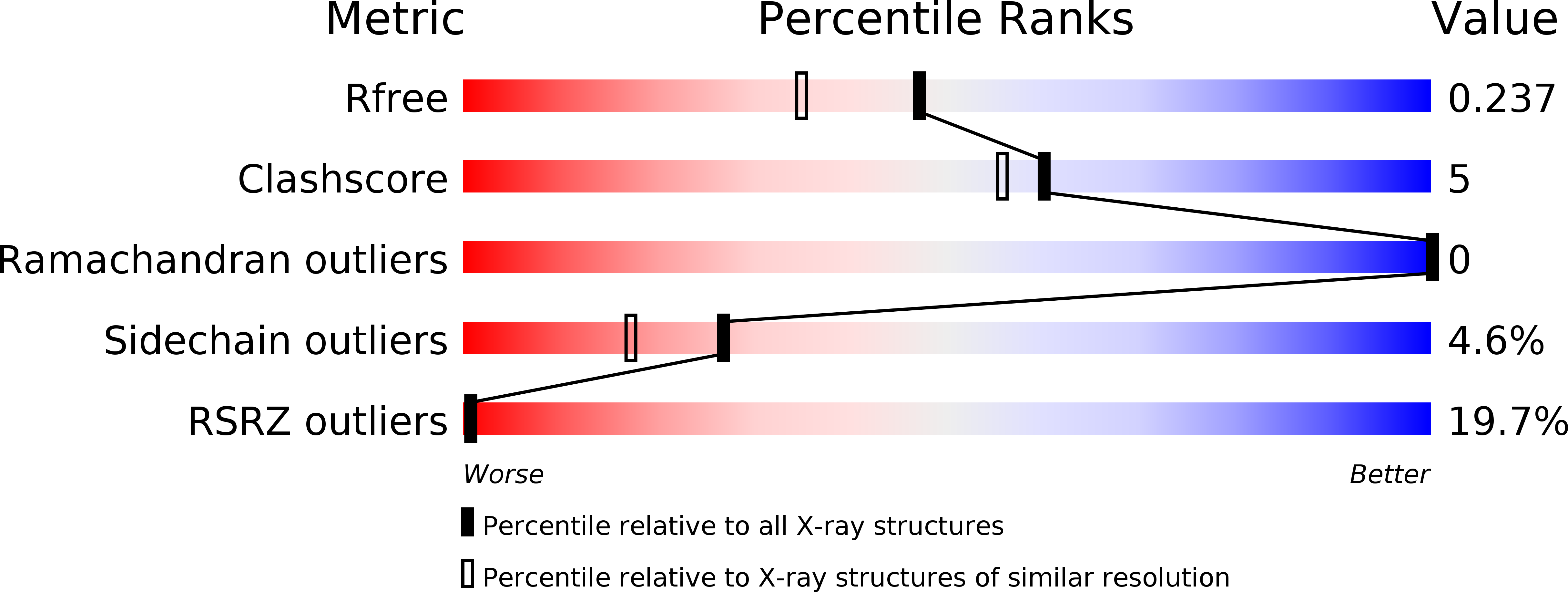
Deposition Date
2004-04-16
Release Date
2004-07-30
Last Version Date
2023-12-13
Entry Detail
PDB ID:
1V1H
Keywords:
Title:
Adenovirus fibre shaft sequence N-terminally fused to the bacteriophage T4 fibritin foldon trimerisation motif with a short linker
Biological Source:
Source Organism:
HUMAN ADENOVIRUS TYPE 2 (Taxon ID: 10515)
BACTERIOPHAGE T4 (Taxon ID: 10665)
BACTERIOPHAGE T4 (Taxon ID: 10665)
Host Organism:
Method Details:
Experimental Method:
Resolution:
1.90 Å
R-Value Free:
0.24
R-Value Work:
0.18
Space Group:
C 1 2 1


